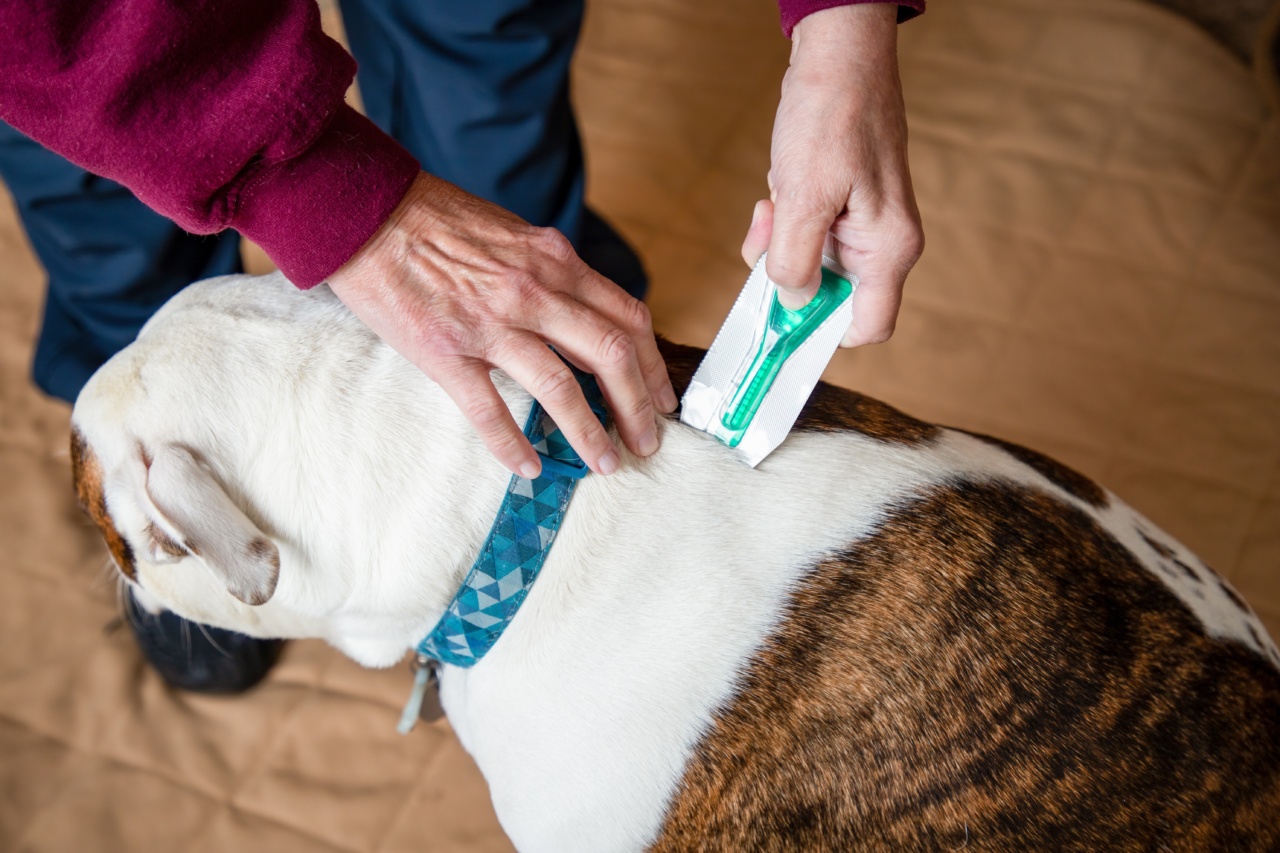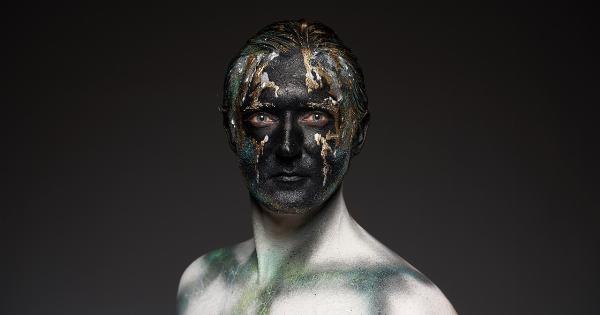Prostate cancer is a disease that affects many men around the world. It is the second most common cancer among men in the United States, and the fourth most common cancer globally.
While a prostate cancer diagnosis can cause fear and anxiety, it is important for men to understand the disease, its symptoms, and the potential treatments available.
What is Prostate Cancer?
The prostate is a gland that is a part of the male reproductive system. It is located below the bladder and in front of the rectum. The prostate gland produces a fluid that helps to nourish and protect sperm.
Prostate cancer is a disease that affects the cells of the prostate gland. It occurs when these cells begin to grow uncontrollably and form a tumor. If the cancer is not caught and treated early, it can spread to other parts of the body.
Symptoms of Prostate Cancer
Prostate cancer may not always cause symptoms in its early stages. However, as the cancer grows, men may experience the following symptoms:.
- Difficulty urinating
- Weak urinary flow
- Frequent urination, especially at night
- Blood in the urine
- Painful ejaculation
- Pain in the hips, back, or chest
If you are experiencing any of these symptoms, it is important to speak with your doctor. These symptoms may also be caused by other conditions, but it is important to rule out prostate cancer.
Diagnosing Prostate Cancer
Prostate cancer can be diagnosed through a series of tests. These tests may include:.
- Prostate-specific antigen (PSA) blood test: measures the level of PSA in the blood
- Digital rectal exam: a doctor will feel the prostate gland to check for any abnormalities
- Biopsy: a small piece of tissue from the prostate is removed and examined for cancer cells
If prostate cancer is diagnosed, it is important to determine the stage of the cancer. This will help to determine the best course of treatment.
Treatments for Prostate Cancer
There are several treatments available for prostate cancer. The choice of treatment will depend on the stage of the cancer, the age and overall health of the patient, and other factors.
Active Surveillance
For men with early-stage prostate cancer, active surveillance may be an option. This involves regular check-ups and monitoring of the cancer to ensure it does not progress.
Radiation Therapy
Radiation therapy involves the use of high-energy radiation to kill cancer cells. It can be delivered externally or internally.
Surgery
Surgery involves the removal of the prostate gland and surrounding tissue. This can be done through traditional open surgery or minimally invasive robotic surgery.
Hormone Therapy
Hormone therapy is used to block the production of testosterone, which can help to slow the growth of prostate cancer.
Chemotherapy
Chemotherapy involves the use of drugs to kill cancer cells. It is typically used in advanced stages of prostate cancer.
Fears and Concerns Among Men
Prostate cancer can cause a range of emotions and fears among men. Some common concerns include:.
- Fear of death
- Fear of impotence or incontinence after treatment
- Fear of the side effects of treatment
- Embarrassment or shame surrounding the prostate and its functions
It is important for men to acknowledge and address these fears and concerns. Speaking with a healthcare professional, counselor, or support group can help to ease anxiety and provide important information and support.
The Role of a Support System
Having a support system can be helpful for men with prostate cancer. This can include family, friends, or support groups. These individuals can offer emotional support, help with daily tasks, and assist with medical appointments and decision-making.
Support can also be found through advocacy organizations, such as the Prostate Cancer Foundation or Us TOO International. These organizations provide resources, education, and support for men with prostate cancer and their families.
Conclusion
Prostate cancer is a disease that affects many men around the world. While a diagnosis can cause fear and anxiety, it is important for men to understand the disease, its symptoms, and the potential treatments available.
Speaking with a healthcare professional, addressing fears and concerns, and finding a support system can all help to ease anxiety and provide important information and support.
With the appropriate treatment and support, many men with prostate cancer are able to live long and healthy lives.




























